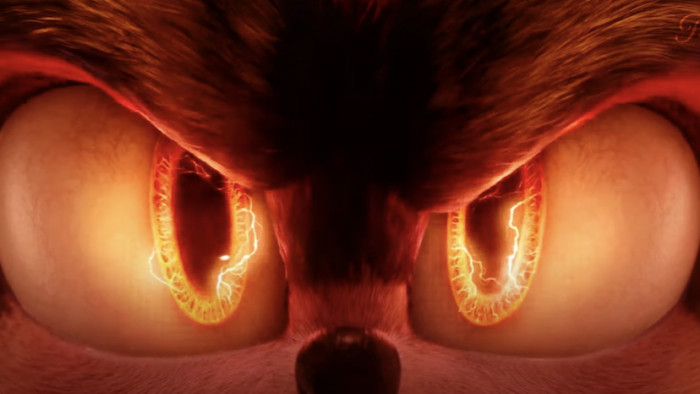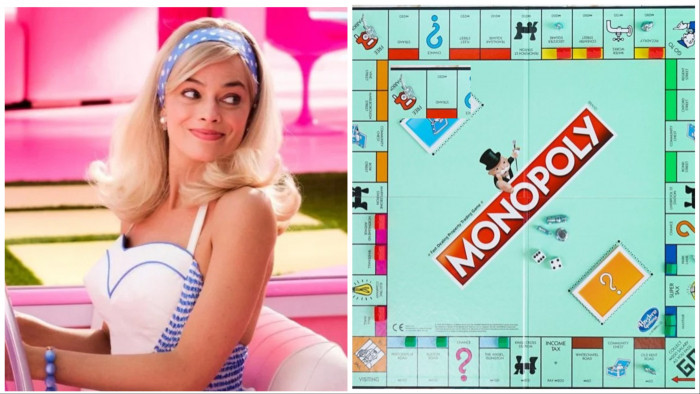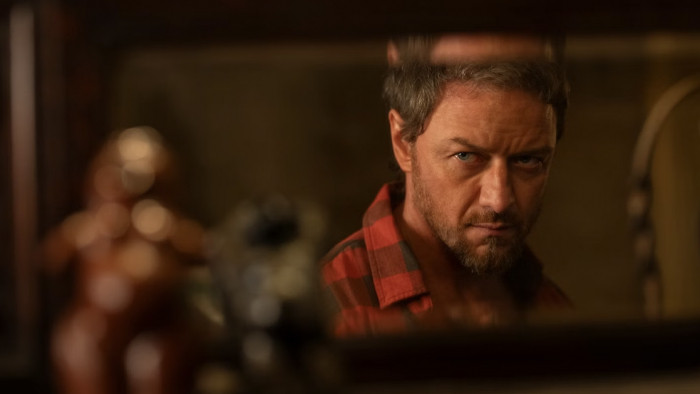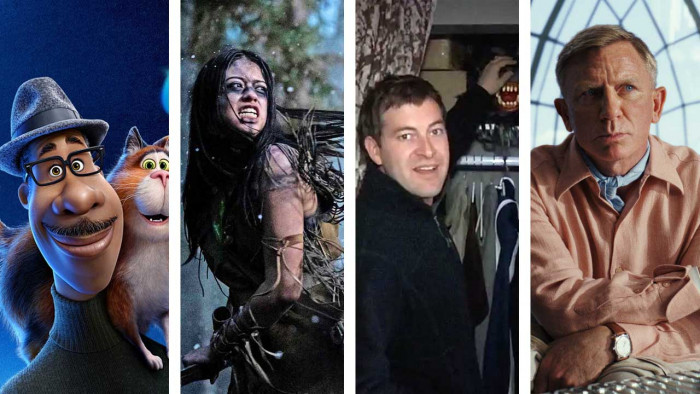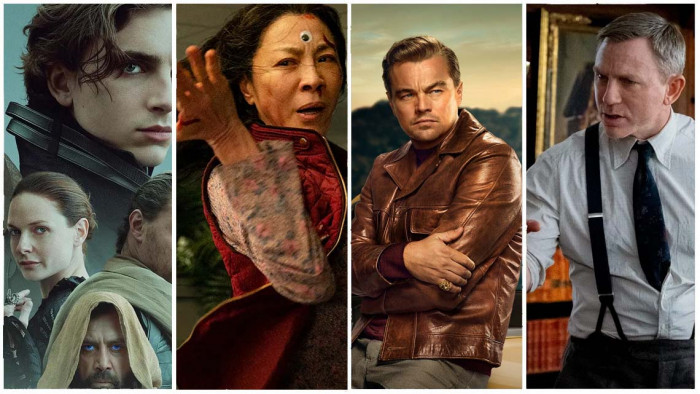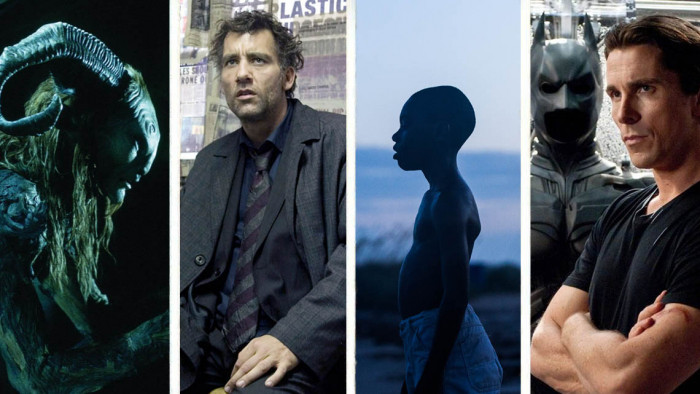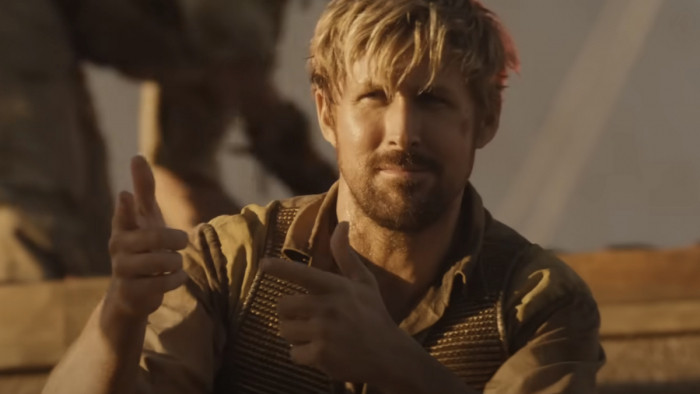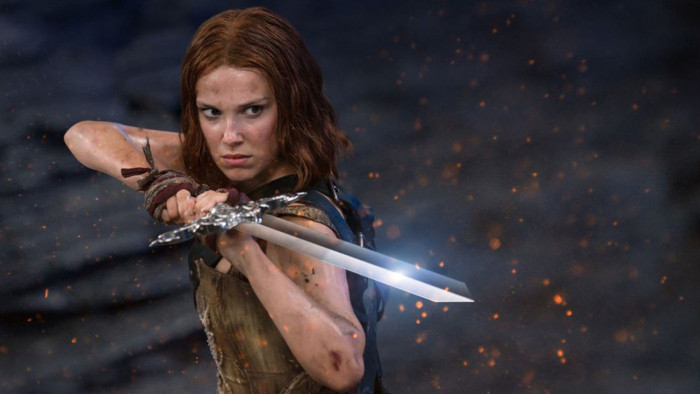Why Spooks Is Very Worthy Of Its Big-Screen Revival
Why Spooks Is Very Worthy Of Its Big-Screen Revival


As Spooks heads for the big screen, Michael Hogan explains why the original TV show was ahead of its time...
Sleeper agents have been reactivated. After four years off our screens, BBC counter-terrorism saga Spooks has gone up a government pay-grade and been given a film spin-off. What’s more, Spooks: The Greater Good is the latest release to feature as part of our ShortList Film Club – a series of free reader screenings championing cinema deserving of a wider audience with sponsors Stella Artois. But, back to the original show. Unjustly overshadowed by its US counterparts, the Noughties series was ahead of the broadcasting curve, blazing a trail with compelling elements now hailed as the hallmarks of prestige box-set drama. Here, ShortList salutes the influential elements of a show that doesn’t always get its dues…
1. Post-9/11 paranoia
Spooks premiered eight months after 9/11 and tapped into the related panic – a British 24 and precursor to Homeland. Retired agents from the UK security services, CIA and KGB acted as advisors, while prescient plots involved (deep breath) al-Qaeda, radicalised Muslims, Somali pirates, tortured suspects, hijacked planes, suicide bombers, sarin gas, corrupt bankers, Russian oligarchs, human trafficking, anti-globalisation rallies, coalition governments and arms deals.
2. Brit spy revival
Home-grown espionage dramas had been dormant since the Seventies’ Tinker Tailor Soldier Spy. With its slogan “MI5, not nine to five”, Spooks bundled the genre into the back of a van and dragged it into the 21st century, turning gentlemen spies into tech-savvy operatives. Following it, we’ve had The Shadow Line, Strike Back, Page Eight, The Honourable Woman and this week’s BBC newbie The Game. Spooks even inspired a surge in applications to join MI5; visits to the Security Service’s recruitment website tripled when it aired.

3. Geeks are good
Modern espionage is a hi-tech trade: monitoring terrorist chatter, hijacking security systems and deploying surveillance drones. Nerds were the new heroes, and the creators of Spooks knew it. The Grid’s equivalent of 24’s Chloe “Dammit, patch me through!” O’Brian was decidedly unglamorous data analyst Malcolm Wynn-Jones – a jowly, bookish, asthmatic mummy’s boy who collected vintage bugging kit. Cult hero Malcolm was succeeded by a familiar face from sitcom Toast Of London, actor Shazad Latif as hacker Tariq. Yes, I can hear you, Agent Clem Fandango.

4. Gritty settings and grim violence
Spooks showed London’s seedy side, with grimy alleys, car parks and underpasses. Meanwhile, the bursts of visceral violence were worthy of Hannibal or The Walking Dead. Our favourite? When a colleague worked out Connie (Gemma Jones) was a Russian mole; she removed the underwire from her bra and calmly garrotted him.

5. Shock deaths
Spooks made a big splash early on. A big splash in hot, burning cooking oil, to be specific. Lisa Faulkner was one of the show’s marquee names, so it was jaw-dropping when, in episode two, she went undercover to infiltrate a racist far-right group, got busted and had her hand dunked into sizzling chip fat. Followed by her head. Literally battered to death. The scene attracted the most complaints to the Broadcasting Standards Commission all year. Rug-pulling deaths have since become a staple. See the Red Wedding in Game Of Thrones, or Mad Men’s Lane Pryce. The message is clear: nobody’s safe.

6. Digital pioneering
Spooks was an early adopter of all things hi-tech. A Bafta-winning immersive ‘Spooks Interactive’ website enabled wannabe spooks to train as spies, play observation games and complete weekly missions. The editing was cutting-edge too, with slo-mo, split screen and on-screen graphics now commonplace on shows such as Sherlock.

7. Revolving cast
Across its 10 series, Spooks rebooted with new recruits. The original Macfadyen/Hawes/Oyelowo team lasted three series, after which replacements regularly appeared. It added jeopardy, with killings a constant possibility, and proved that departing stars don’t have to signal a show’s demise – a lesson since learnt by series such as True Detective and Fargo, plus Misfits, Being Human and CSI. The only constant was scowling section chief Sir Harry Pearce. He’s back, complete with iconic leather gloves, for the film.

8. Strong female characters
Some of the strongest characters on TV these days tend to be women – witness The Fall, Happy Valley, Game Of Thrones and pretty much every role played by Olivia Colman or Sheridan Smith. Spooks blazed a trail, with arse-kicking, villain-foiling agents Zoe (Keeley Hawes), ice-cool Ros (Hermione Norris) and GCHQ genius Ruth (Nicola Walker).

9. Talent incubation
The Grid proved a staging post for future stars. Spooks’ original squad saw David Oyelowo (Selma), Matthew Macfadyen (Ripper Street) and Keeley Hawes (Line Of Duty). They were replaced by Rupert Penry-Jones (Whitechapel) and Richard “The Hobbit” Armitage. Its writers progressed to Doctor Who and Luther, while production company Kudos made hits such as Broadchurch and Utopia. Now it’s back.
Lock up your dossiers.
See it first
Join MI5! Well, sort of. We’re offering ShortList readers the chance to see Spooks: The Greater Good at a series of exclusive free screenings organised with Stella Artois.
Head to ShortList.com/shortlistfilmclub, or use #shortlistfilmclub on twitter for more details and to grab the final block of tickets.
Latest
Related Reviews and Shortlists


